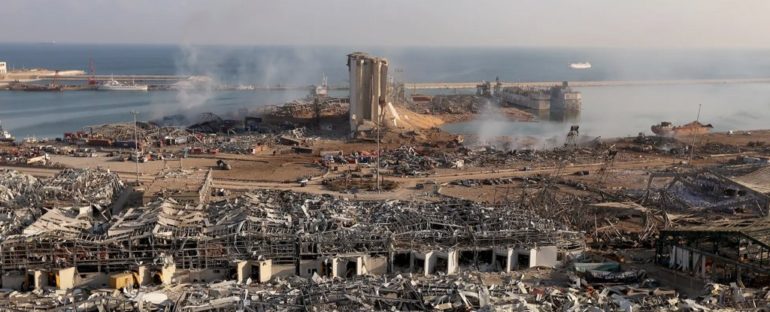An explosion at a port in Beirut brought destruction to the Lebanese capital Tuesday, damaging buildings, killing more than a hundred people, and injuring thousands of others.
People recorded videos showing the blast wave and a towering red cloud that some compared to a nuclear weapon’s mushroom cloud.
The exact cause of the blast is unclear, but the focus of an investigation is a warehouse improperly storing 2,750 tons of ammonium nitrate.
The blast registered as a magnitude 3.3 earthquake, and the effects of the explosion were felt miles away from the blast site. Experts told Insider that the blast likely had an explosive yield of several hundred tons of TNT equivalent.
Footage of the massive explosion at #Beirut port a short while ago. It’s truly frightening. #Lebanon pic.twitter.com/OZ0hZ5SwlC
— Nader Itayim | نادر ایتیّم (@ncitayim) August 4, 2020
Jeffrey Lewis, a nuclear and conventional weapons expert at the Middlebury Institute of International Studies in California, estimated the yield to be “between 200 and 500 tons, looking at blast damage, the shockwave, seismic signals and the size of the crater.”
This video appears to have been shot from the lower rooftop of the Beirut Port Silos.
This would confirm that the initial blast came from within warehouse 12 and not the silos. https://t.co/I81EkvAihe
— Emmanuelle Saliba 🧐 (@_esaliba) August 4, 2020
That much explosive power is at least two orders of magnitude greater than the GBU-43/B Massive Ordnance Air Blast (nicknamed the “Mother of All Bombs”), the most powerful non-nuclear weapon in the US arsenal with a blast yield of around 11 tons.
The weapon was first used in combat in April…



